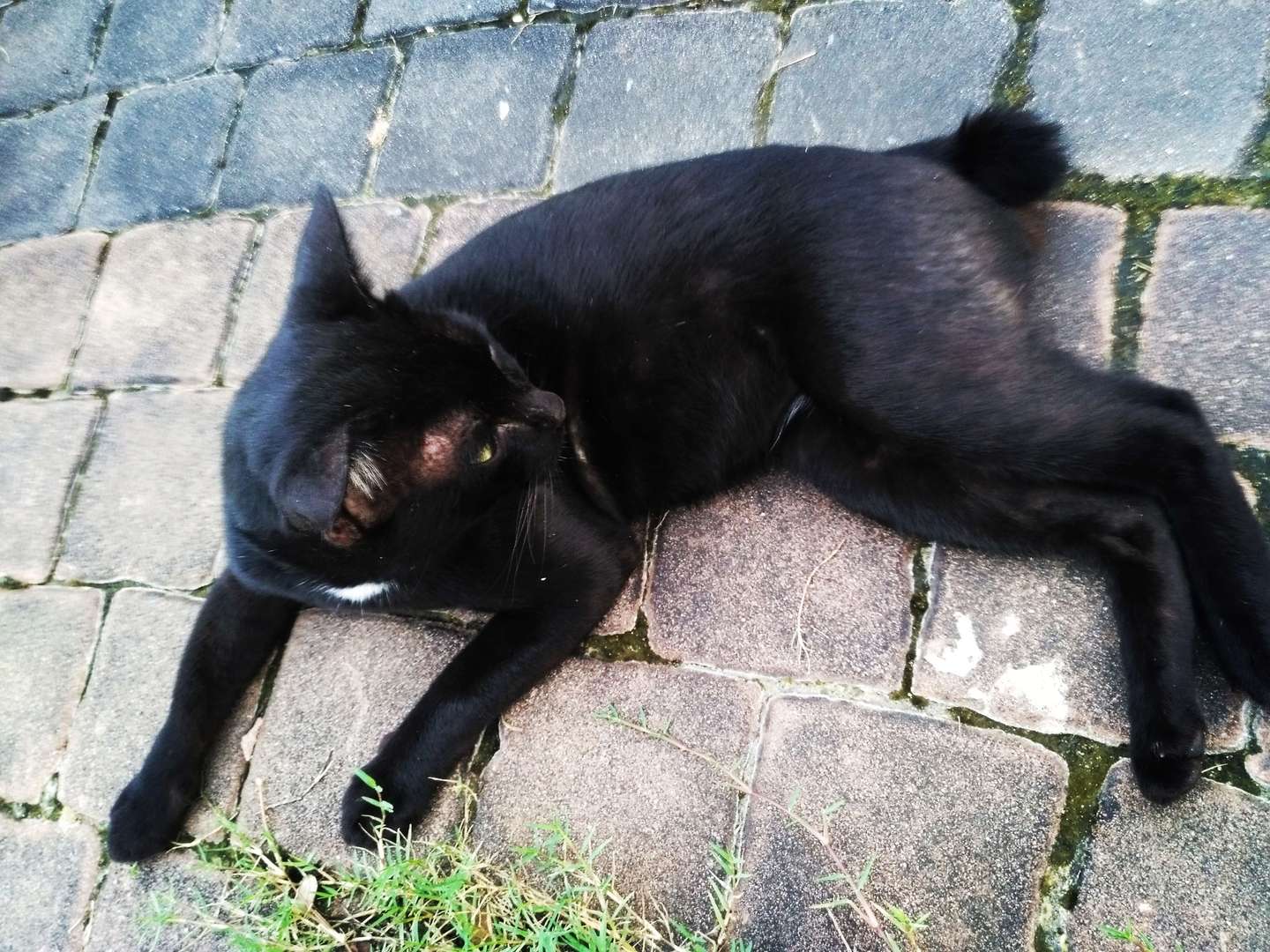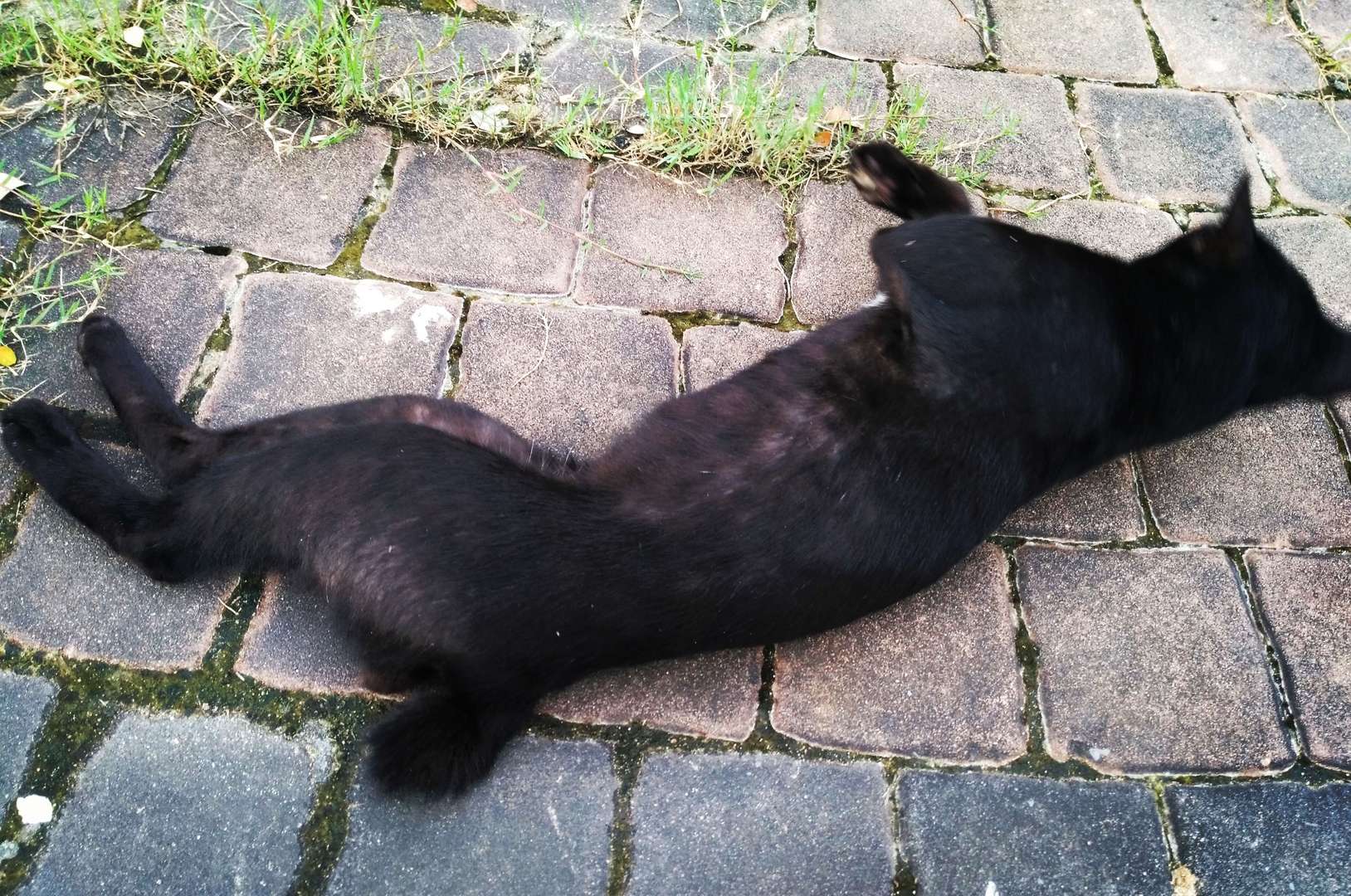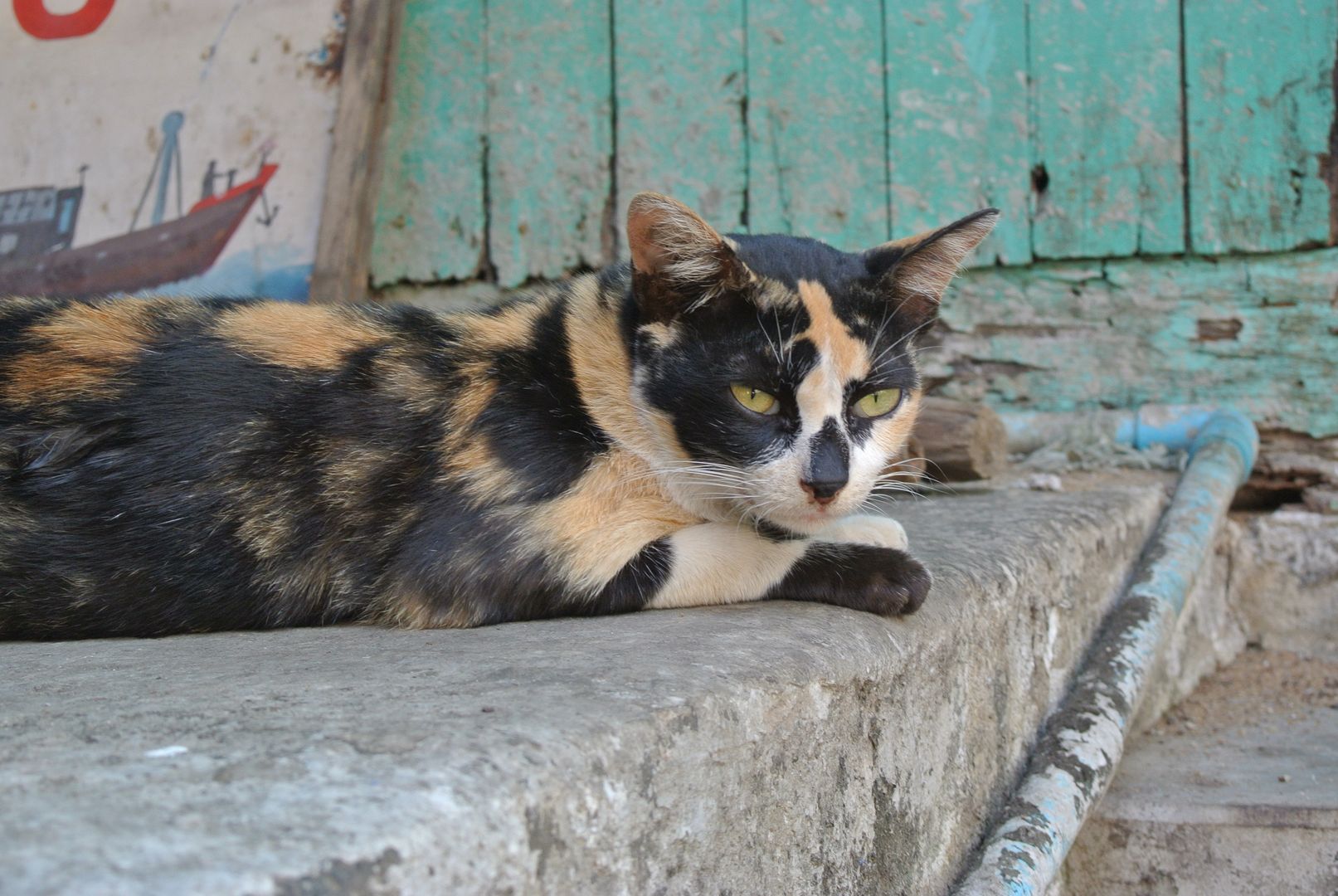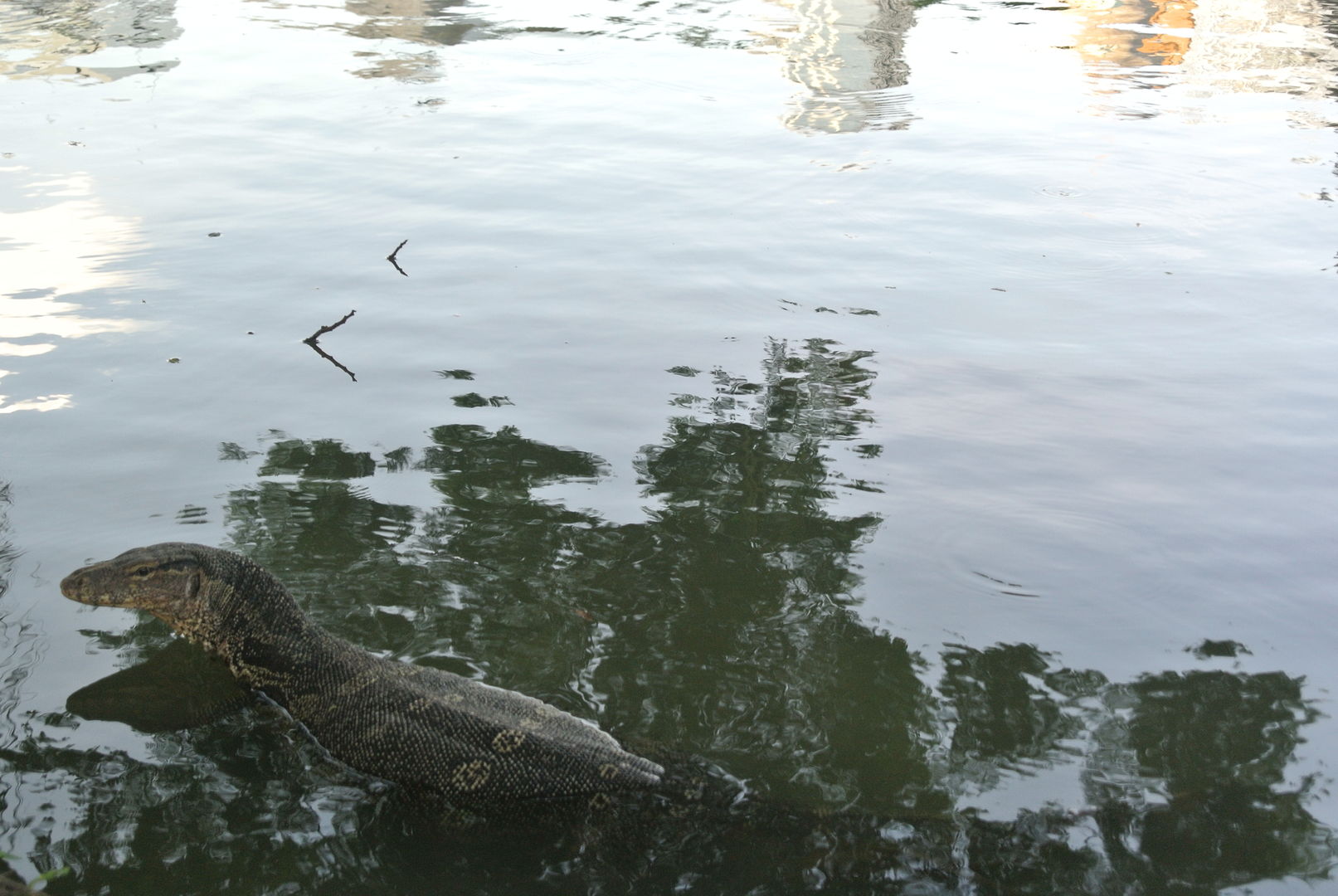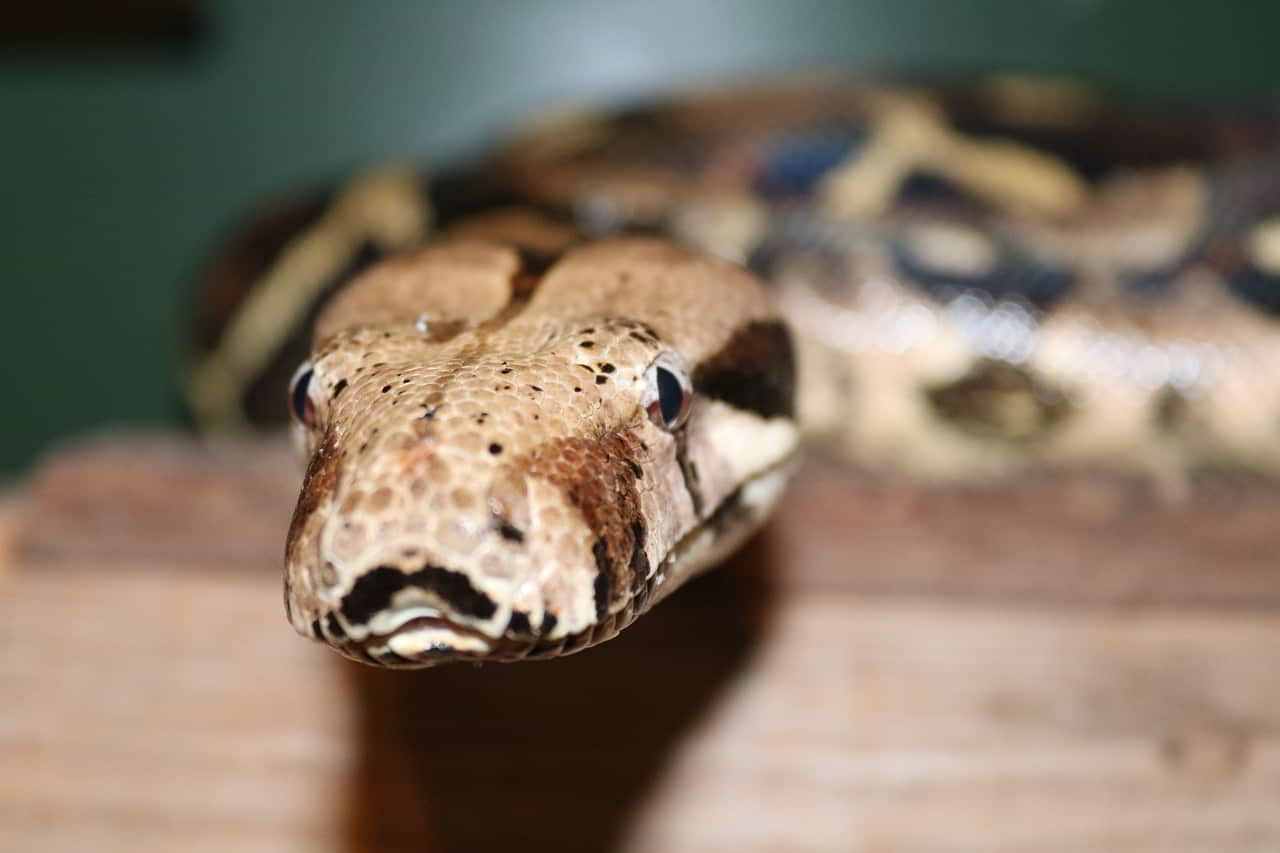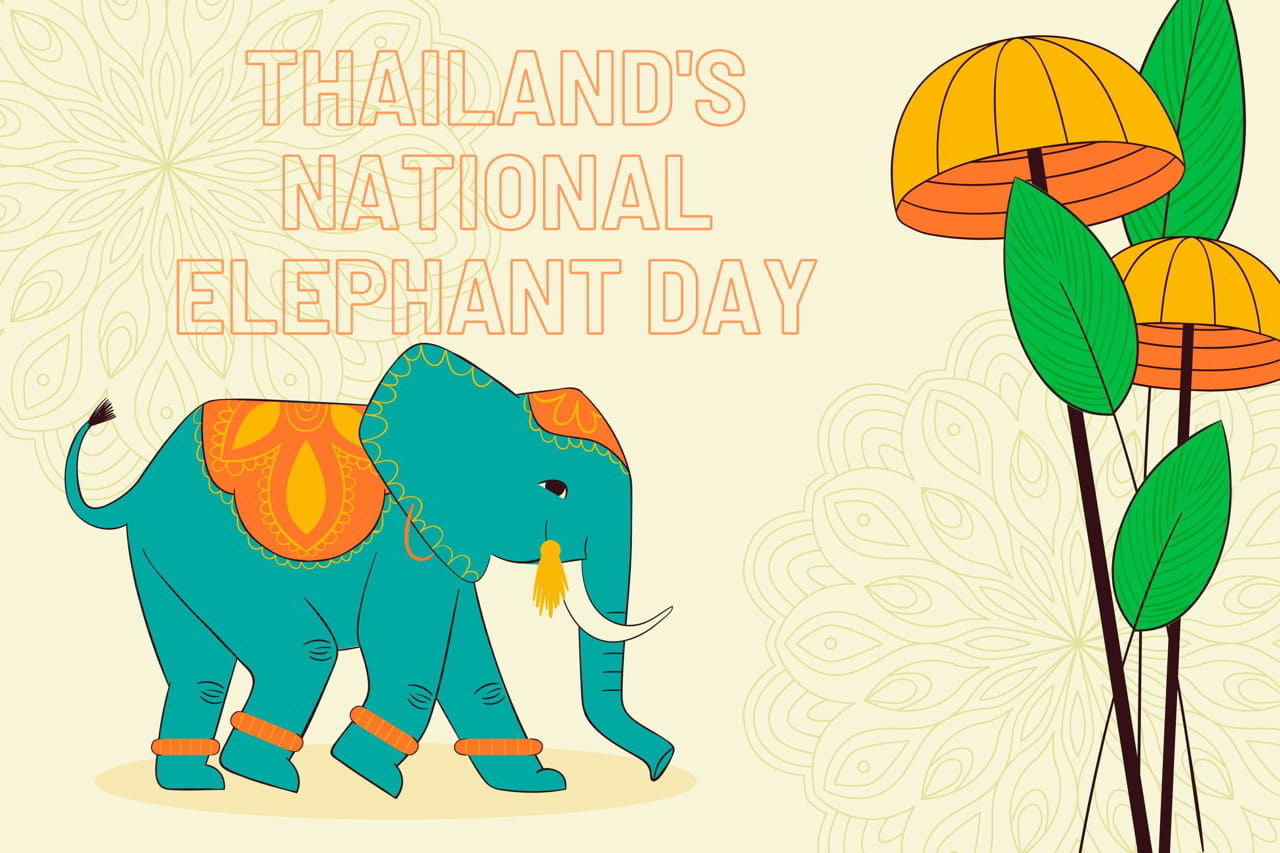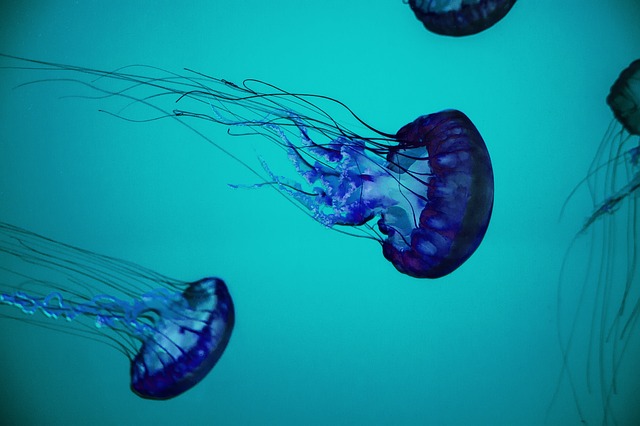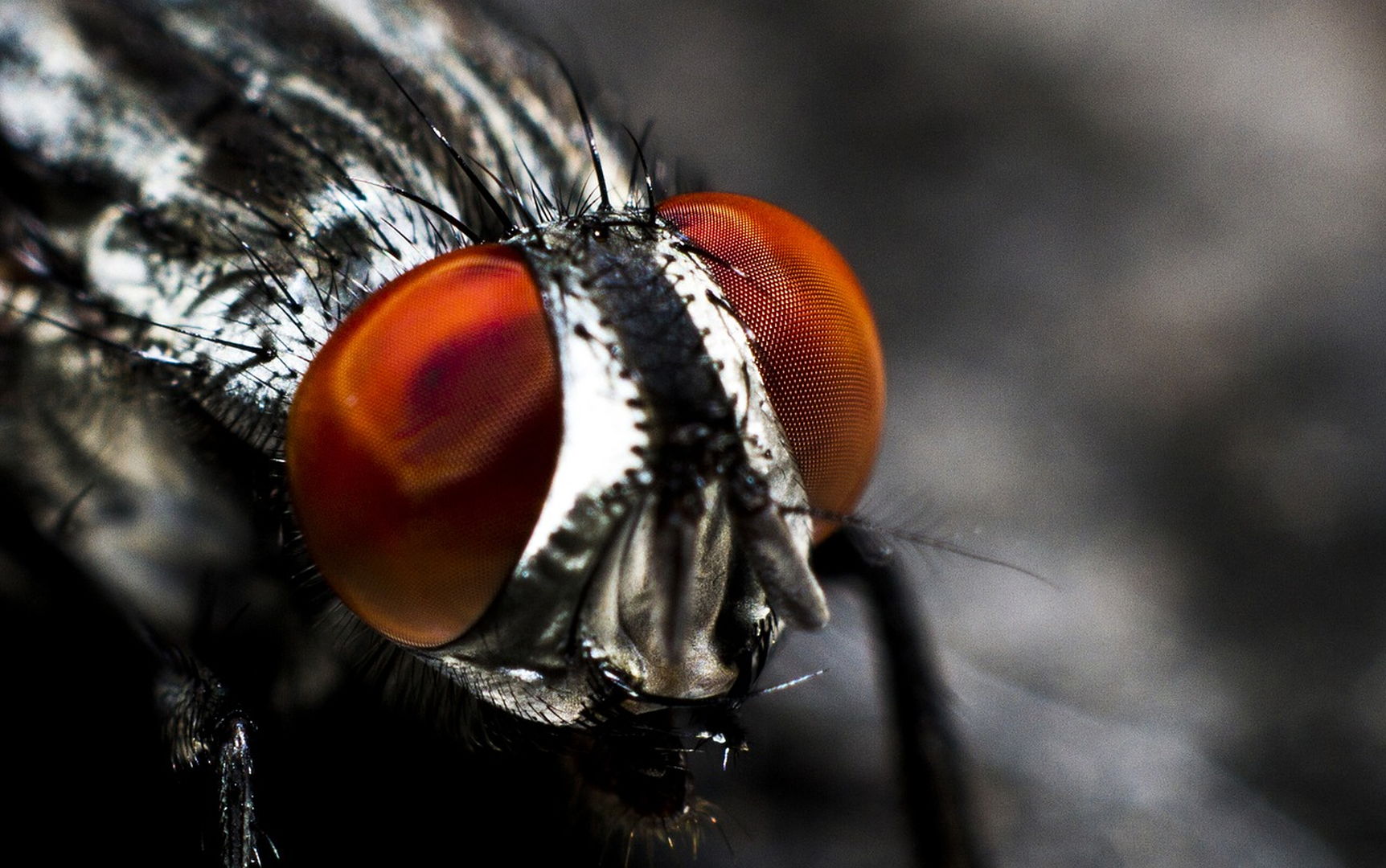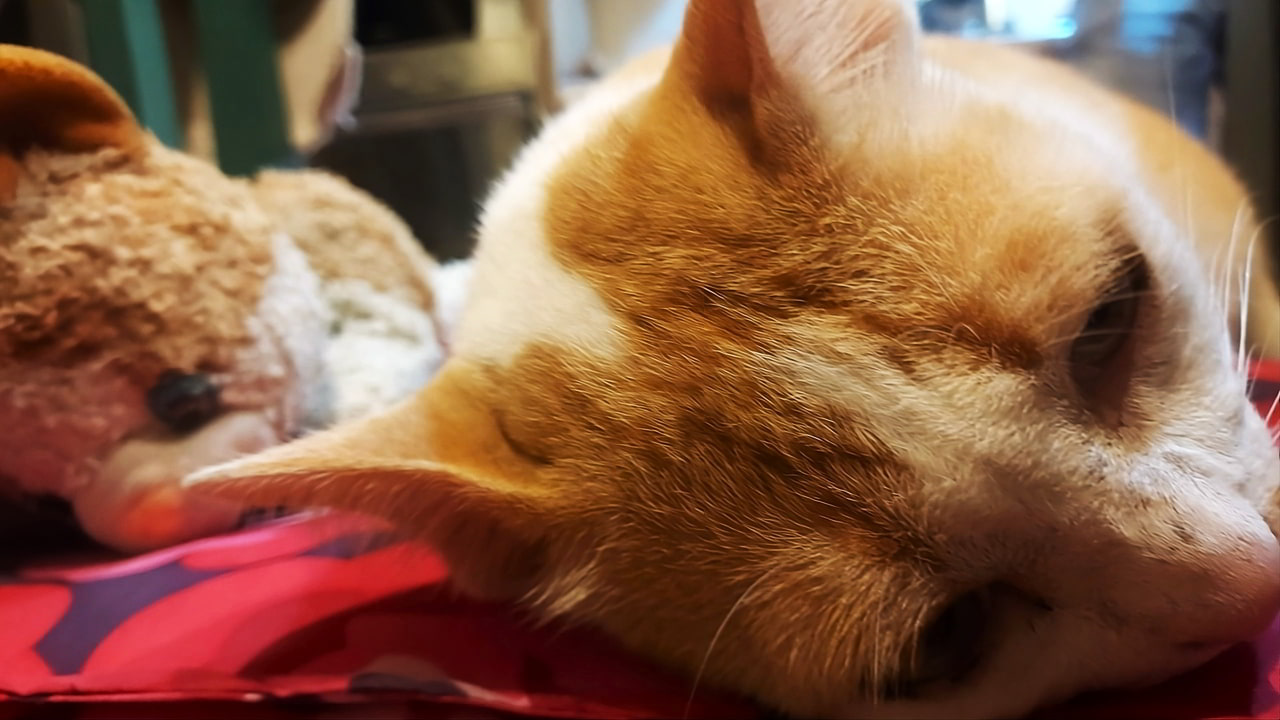
Thailand: Are Cats with Cut Tails Mistreated or Is It a Misplaced Heritage?
For those who have traveled to Southeast Asia and paid a little attention to cats, they may have noticed a common element: the state of their tails.
A Shared Fate of Cat Tails in Thailand
Indeed, whether it’s a cat in northern Thailand or at the southern tip, three-quarters have a cut, damaged tail, forming right angles for some, while others have an appendage of just 2 cm. Travelers may then wonder what is happening in these regions for all these animals to suffer the same fate. Generally, two hypotheses are considered: cultural or genetic/biological heredity.
A Cultural Practice Concerning Cat Tails in Thailand…
Is it an unknown cultural practice? After all, this question is quite valid. In Europe, the tails of certain dog breeds (like Boxers, for example) are cut, or the tips of the ears for others. The argument is supposedly aesthetic. This reasoning is obviously foolish; it’s mainly about mistreatment and a power dynamic of humans over animals.
In another form of mistreatment towards cats, we can take the Canadian example of onychectomy. This refers to the recurring and violent practice of declawing. Yes, a cat lives, sharpens its claws, and can damage interior furnishings… So why not remove these little claws that cause so much damage? Here too, the argument is troubling, to say the least…
… of Mistreatment of Cat Tails in Thailand?
So, does Thailand replicate or have institutional practices of mistreatment towards cats? Is cutting the tail a practice to enhance the beauty of the feline? One might doubt it, as this concerns both indoor cats and street cats. Could this stigma be the result of a series of unfortunate accidents: caused by a car, a scooter, a door, an unfortunate stiletto heel, etc.? This argument is plausible, but the number of cats with this characteristic is still very high.
Another far-fetched hypothesis, more ethnological: there is a secret practice, a rite of passage, that every young Thai must accomplish. To do so, they must collect as many tails as a legend would suggest… This is one of the most improbable hypotheses, worthy of a bad screenplay.
The Biological Cause of Cat Tail Conditions in Thailand
This leaves the avenue of biological heredity. It seems that this is undoubtedly the most relevant path. Indeed, the observation of several litters of cats has revealed that the vast majority are born with some stigma on their tails.
So, there is not an institutionalization of mistreatment towards cats, but rather a heredity widely shared by a community of cats practicing strong homogeneity. The solution to break this aesthetically displeasing heredity would be to introduce cats from outside Thailand. This would increase genetic variability… but that’s another debate.
The Utility of a Cat’s Tail in Thailand
Finally, there remains a fundamental question: are Thai cats deprived of their tails as agile as their counterparts with nice, beautiful tails? More clearly, does a tailless cat always land on its feet?
Fortunately, science is here to provide some insights (this will spare us from launching a significant number of cats to verify such a hypothesis). The initial hypothesis is simple: is the tail responsible for the cat’s rotation allowing it to land on its feet? The first studies date back to 1894 (Étienne-Jules Marey), and the mathematician Giuseppe Peano clearly showed that a cat’s tail is not massive enough to allow for a complete rotation. This clearly indicates that a cat’s tail is not an indispensable attribute for it to land on its feet; it provides assistance but does not fully contribute to the feline’s ability. The Thai cat is therefore just as agile as any other cat!
The Cat: A Quantum Animal?
To conclude, consider a quantum physics problem regarding gravitational attraction: if we take a cat and stick a buttered slice of bread to it (because everyone knows that a buttered slice always falls butter-side down), does the cat increase its chances of landing on its feet?



